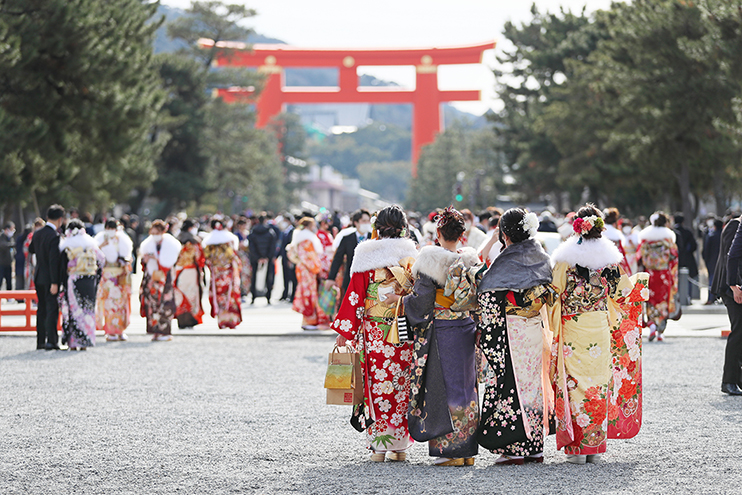If you’re planning a trip to Japan or considering studying or working in this fascinating country, experiencing its rich cultural traditions is likely high on your list. One such tradition is Seijin no Hi, or Coming of Age Day, a national holiday celebrated annually on the second Monday of January. This special day marks a major milestone in the lives of young Japanese individuals, and it offers tourists a unique window into the culture, history, and community spirit of Japan.

What is Seijin no Hi?
Seijin no Hi is a celebration honoring individuals who have reached the age of 20 in the past year. In Japan, turning 20 is significant because it marks the transition into adulthood, granting legal rights such as voting, drinking alcohol, and smoking. The tradition dates back to at least the 8th century, although its modern form was established in 1948 when it became a national holiday.
The ceremony is not only a rite of passage but also a moment for communities to recognize and encourage their youth as they step into adult responsibilities. For visitors, Seijin no Hi offers a chance to witness a blend of modern and traditional Japan, making it a cultural highlight of any January trip.
What Happens During Seijin no Hi?
The main event of Seijin no Hi is the seijin-shiki, or Coming of Age Ceremony, typically organized by local governments at community halls or municipal offices. These ceremonies include congratulatory speeches by local officials, distribution of small gifts, and sometimes inspirational messages from older adults. Participants dress in formal attire, making the event visually stunning and photogenic.
Traditional Attire: A Feast for the Eyes
One of the most captivating aspects of Seijin no Hi is the attire. Many young women wear furisode, a type of formal kimono characterized by its long, flowing sleeves and vibrant patterns. These kimonos are often paired with intricate hairstyles and accessories, showcasing both the wearers’ personalities and the artistry of Japanese textile and fashion traditions.
Young men may opt for traditional haori and hakama, though in recent years, it’s also common to see men in sharp Western-style suits. This mix of old and new styles reflects the dynamic nature of modern Japanese culture.
Celebrations Beyond the Ceremony
After the formal ceremonies, it’s common for the new adults to gather with friends and family for photos, meals, and even parties. Some may visit shrines to pray for good fortune in their adult lives. If you happen to be near a shrine or city center on this day, you’ll likely spot groups of elegantly dressed young people posing for pictures, offering a great opportunity for cultural immersion and stunning photographs.
Where to Experience Seijin no Hi
If you’re visiting Japan in January, there are several places where you can observe or even participate in the festive atmosphere of Seijin no Hi:
Tokyo’s Meiji Shrine: A popular spot for young adults and their families to pray and take photos, Meiji Shrine in Tokyo combines the serenity of a traditional shrine with the lively energy of the day.
Kyoto’s Shrines and Temples: In Kyoto, the heart of traditional Japanese culture, shrines like Fushimi Inari or Kiyomizu-dera are particularly picturesque during Seijin no Hi. Here, you can see young adults in their finest attire amidst historic backdrops.
Local Community Halls: Smaller towns and cities host ceremonies that might be less crowded, allowing for a more intimate experience. If you’re staying in a less urban area, check with your accommodation or local tourism office to find out about nearby events.
Why Seijin no Hi Matters
Beyond the beautiful kimonos and ceremonial speeches, Seijin no Hi represents something universal: the transition from youth to adulthood, filled with dreams, responsibilities, and hopes for the future. For travelers, it’s a chance to connect with this universal human experience while discovering the unique ways Japan honors it.
Whether you’re a student, a professional, or simply a curious traveler, witnessing Seijin no Hi can deepen your understanding of Japanese culture and leave you with memories to cherish. So, if you find yourself in Japan in January, don’t miss this opportunity to step into a celebration that blends history, tradition, and modernity in perfect harmony.










